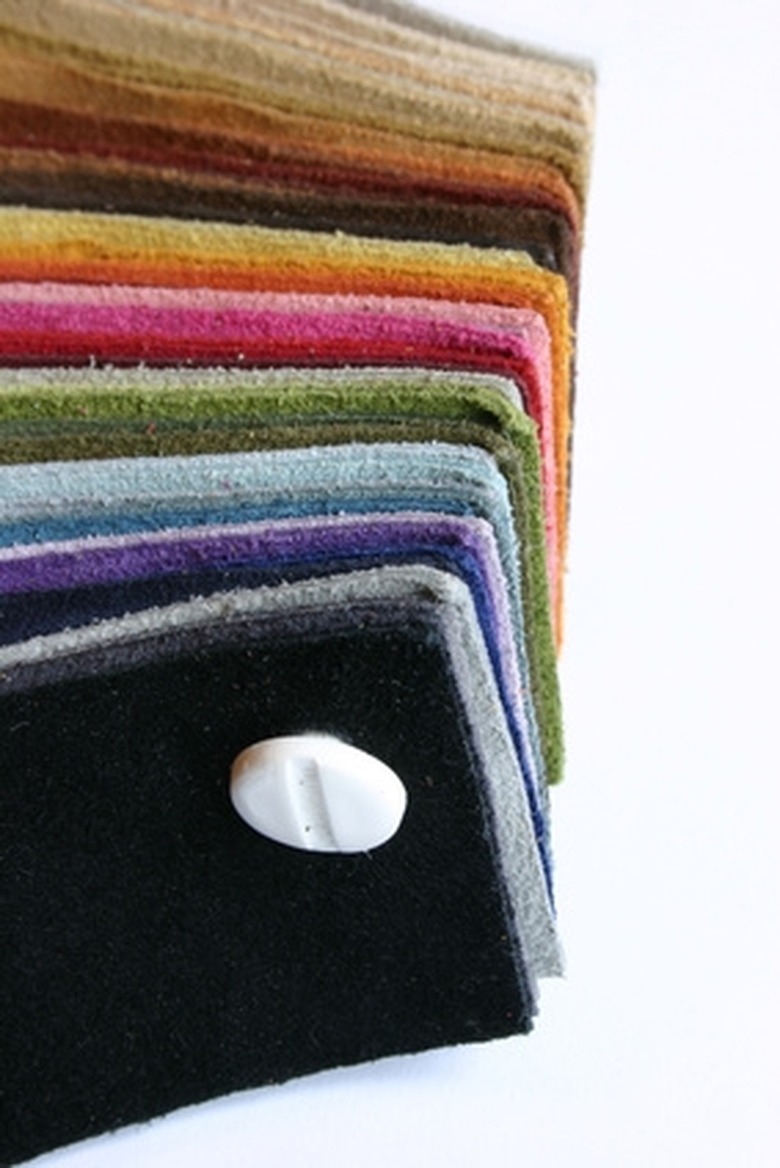How To Dye A Suit
A change in color can transform a dull suit to a unique fashion piece or tone down a bright suit to make it functional. The marketplace offers a number of dyes you can use for home dying. The home dying process requires care to avoid spilling the dyes, which stains surfaces and/or furniture. The dying process is long and requires patience for you to achieve your desired color.
Step 1
Read the label on your suit to learn what type of fabric the suit is made from, which helps you to select a suitable dye. Select fabric reactive dyes for cotton and acid dyes for wool.
Step 2
Wash the suit in advance and leave it to dry; dye settles better in a clean suit compared with a dirty suit. Wear rubber gloves to protect your hands from the dye and a facemask to avoid inhaling the fumes. (See reference 2)
Step 3
Fill a steel pot with water and heat it on a stove. Add the fabric reactive dye for cotton when the water is lukewarm and stir until there are no lumps left, then stir in the salt. Add the suit and stir it in the pot for 30 minutes.
Step 4
Turn down the flame when the mixture gets to 70 degrees. Pour the soda ash into the pot and stir the fabric for an hour. Remove the fabric from the pot and rinse thoroughly in clean water until the water runs clear. Dry the suit indoors or flat.
Step 5
Make a dye bath by pouring the acid dye in a bowl and mixing it with 2 cups of water. Fill up the washing machine with water. Pour in the dye bath. Soak the suit in plain water before placing it in the washing machine, and transfer the suit into the washing machine, leaving it to "wash" for 30 minutes. Turn off the washing machine. Hand rinse the suit in cold water until the water runs clean — cold water prevents the suit from shrinking. Hang up the suit to dry.
Things Needed
- Rubber gloves
- Facemasks
- Steel pot
- Stove
- Fabric reactive dye
- Wooden spoon
- Thermometer
- Acid dye
- Bowl
- Spoon
Warning
Perform the dying process outside to avoid spills that could stain your house.
References
Cite This Article
MLA
Reed, Nelson. "How To Dye A Suit" sciencing.com, https://www.sciencing.com/dye-suit-8646071/. 24 April 2017.
APA
Reed, Nelson. (2017, April 24). How To Dye A Suit. sciencing.com. Retrieved from https://www.sciencing.com/dye-suit-8646071/
Chicago
Reed, Nelson. How To Dye A Suit last modified March 24, 2022. https://www.sciencing.com/dye-suit-8646071/
